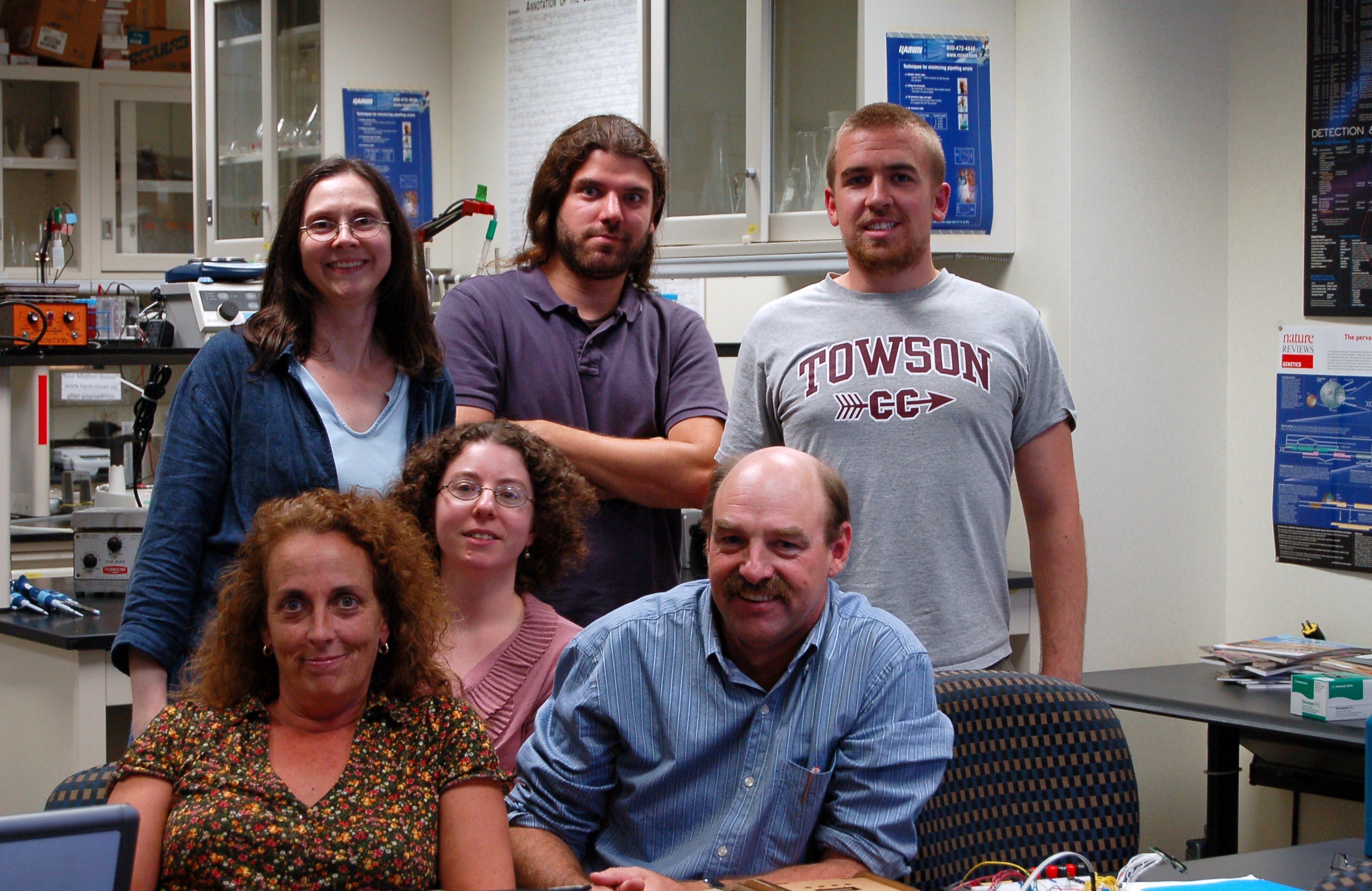From 2010.igem.org
"Not only would I like to have the participation of the Baltimore DIYbio group, but I think that the two of you have possibly set a standard on how the community can participate in an established event such as iGEM. You're contribution would be invaluable. " - Agent You, FBI - WMD Directorate. July 19, 2010
Bio-Safety, Bio-Security, Bio-Ethics
We at Baltimore-Us, strongly endorse the democratization of knowledge while taking up the severe self-responsibility required to proceed in areas of research such as Synthetic Biology, that have so many far-reaching inherent implications. Since our initial gathering, we have discussed the issues of safety, security and ethics that come forward when dealing with recombinant DNA technologies. As individuals drawn towards this topic through the internet meme's of Jason Bobe and Mackenzie Cowell's DIY-Bio community ( http://diybio.org/ ) as well as the various other hacker-space movements such as the maker-faire model, we have observed members of the scientific community that hold the idea of non-institutional involvement at arms length. We have also observed recently within the banking collapse and the current tragedy of the gulf that corporate greed does not always lead to socially responsible behaviors/actions. The coming divide between a citizenry that understands inherently the processes involved in recombinant technologies has the potential to dwarf the digital divide cultural inequalities exponentially.
A citizenry that is responsibly informed has the potential to work in harmony with many security and health concerns creating viral/bioweapon detection grids, home-manufacturing molecules of interest (drugs/vaccines) and accelerating the rush towards a future of bionanotechnology that can lead to the science fiction paradigm shifts that could revolutionize the worlds viewpoint as to what is valuable and necessary for a well lived life.
An interesting paper to said effect was delivered by self-proclaimed bio-punk Meredith Patterson this winter in LA.
http://maradydd.livejournal.com/496085.html
We contacted iGEM security directorate, Piers Millet, directly following our organizational meeting in February. At his suggestion we hosted a discussion with Michelle Williams of National Journal and William You, WMD Director of the FBI here in DC, only days after he attended the Woodrow Wilson Center's Synthetic Biology forum.
http://wilsoncenter.org/index.cfm?topic_id=1414&fuseaction=topics.event_summary&event_id=601732
http://burnafterreading.nationaljournal.com/2010/05/citizen-scientists-attract-fbi.php
The article above shows how sensationalistic journalists/editors attempt to frame issues to create a sense of drama. In response to which we've worked with various individuals within the federal infrastructure to delineate a clearer set of standards and have proposed a Bio-C.O.R.E. (Citizen Outreach Response and Education) volunteer organization to help decentralize bio-safety/security response.
As a starting point iGEM has offered the following oversight driven approach via
However in addition we've recommended to all our community members to familiarize themselves with the training tools from the American Bio Safety Association located at http://www.absa.org/trainingtools.html as well.
|
|
|
Specific to the work we are perfoming in our lab we work under level 1 conditions. Generally the most dangerous thing to be aware of in our lab is the Ethidium Bromine that we are utilizing to run gels, and they require their own particular disposal separate of the biohazard waste that is used with pipette tips.
When performing batch DNA extractions we also utilize a Phenol/Formaldehye mixture that along with some of the other volatile chemicals require separate disposal storage.
Learning a little about the organisms and chemicals that we are working with can give us a clear view on how to safely operate with them and prevent contamination.
The general chassis (microbe) that we will be working with is escheria coliform bacteria or e. coli for short. Now you've probably heard of e. coli in relation to food poisoning and other intestinal illness. So how is it that we can make fuel, drugs and art out of a stomach bug without continually heading to the restroom ourselves?
E.Coli in nature.
E.Coli as a model organism.
Why soap?
Why alcohol?
Why bleach?
|  Your team picture |
|
| Team Example
|
Safety
Recent Presidential Summit on BioEthics in Relation to Synthetic Biology.
http://www.tvworldwide.com/events/bioethics/100708/default.cfm?id=12536&type=flv&test=0&live=0
The following questions have been posed for each team in this year's competition.
1. Would any of your project ideas raise safety issues in terms of:
* researcher safety,
* public safety, or
* environmental safety?
2. Do any of the new BioBrick parts (or devices) that you made this year raise any safety issues? If yes,
* did you document these issues in the Registry?
* how did you manage to handle the safety issue?
* How could other teams learn from your experience?
3. Is there a local biosafety group, committee, or review board at your institution?
* If yes, what does your local biosafety group think about your project?
* If no, which specific biosafety rules or guidelines do you have to consider in your country?
4. Do you have any other ideas how to deal with safety issues that could be useful for future iGEM competitions? How could parts, devices and systems be made even safer through biosafety engineering?
 "
"
